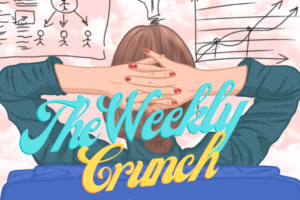The Midlife Mind And The Literature Of Ageing
For anyone in their middle years, the lockdown has functioned as a marker of mortality, forcing us to reassess what we want from life. Will we be the same person on the other side of our crisis?
According to Ben Hutchinson, Professor of European Literature at the University of Kent and author of the book ‘The Midlife Mind – Literature and the art of Ageing‘, we should look at midlife not as a crisis nor even as an opportunity.
A better term might be ‘perspective‘ – he explains- and this is what both midlife and lockdown can offer us. As we emerge from confinement, we might want to think about what it means to begin the second half of our lives.
In particular, his latest book is an invitation to look at the way illustrious writers such as Dante, Montaigne, Beauvoir, Shakespeare, Goethe and Beckett amongst other personalities, experienced and depicted this phase before us. Was it easier for them? Not exactly, but putting their midlife into a context helped them to find a new creative way to thrive.
Literature, the most interiorized and self-critical of all art forms – he writes in his book- constitutes a privileged site of reflection on what it means to be in the middle of life since it tells us not only about middle age but how it feels – which can help us, in turn, to marshal our own emotions. Bibliotherapy, in short, can help us come to terms with ageing.
Reviewing the works of several personalities, Ben Hutchinson comes to the conclusion that middle age, despite all the negative clichés and preconceptions, may in fact be the most productive period of life.
There is no need, in other words, to panic – he says-. Hold your chin up and your stomach in; there is life on the other side of forty. The major writers can show us where, and how, to find it. The best response to the consciousness of getting older is to cultivate this consciousness, to run towards rather than away from it.
A great example of a higher perspective on midlife could come from Leonardo da Vinci‘s so-called Vitruvian Man drawing. Considered as one of the most iconic of all images of humanity, this masterpiece was drawn when he was in his late 30s, around what he considered the midpoint of his own life. A self-portrait of the artist as a middle-aged man.
Inspired by the architectural reflections of the Roman author Vitruvius, its perfect symmetry places man at the very centre of the known universe suggesting, that midlife man is the measure of all things.
In other ways, the ultimate source of value. And of course, that includes midlife women, too.


